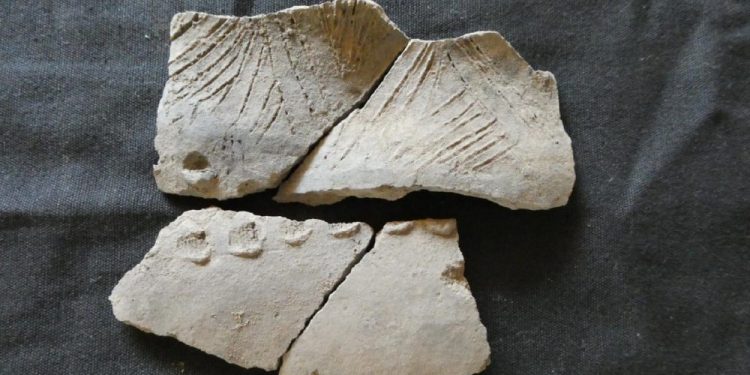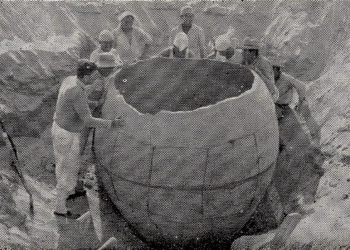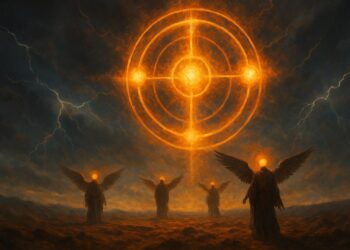Pottery fragments dating back to 6,600 years ago manufactured by an unknown culture have been discovered by Russian archaeologists in Ecuador.
The ceramic fragments are believed to date back to around 4640–4460 BC, a period that borders with the Valdivia, one of the oldest cultures in North and South America.
Russian archeologists excavating the site of Real Alto found fragments of ceramic vessels at a depth of 75 centimeters to 1 meter. They belong to the San Pedro complex, insufficiently studied, to say the least.
Radiocarbon analysis by mass spectrometer showed that the ceramic fragments date back to between 4640-4460 BC.
This period coincides with the early stages of the Valdivia culture to which the famous ceramic figures, a kind of symbol of Ecuador, belong to.
At the same time, the ceramic fragments of San Pedro differ from the Valdivians by the decorative composition and the form of their application.
The ceramic fragments of San Pedro are correlated with fragments of Real Alto and other places of archaeological excavations recovered in the 70s and 80s, but not attributed to any particular culture.
Thus, the researchers received additional arguments to discuss a new, previously unknown culture that has not been studied before
What we do know is that it existed and developed simultaneously with Valdivia on the Pacific coast of Ecuador.
“The mass emergence of pottery was a kind of technical breakthrough associated with many aspects of human life and the level of economic development in different parts of the globe. Ceramic vessels belonging to different cultures developed simultaneously confirm that our ancestors had evolved in terms of cultural diversity. It is curious that, despite the different vectors of human development, in the technological sense we were moving in the same direction,” explained Alexander Popov, the head of the Russian archeological expedition to Ecuador, Director of the Educational and Scientific Museum FEFU of the School of Arts and Humanities of Far Eastern Federal University, according to Eureka Alert.
As revealed by Popov, in the next stage of the excavation, the research team will look for additional artifacts from the previously unknown culture. Such findings can help determine the conditions for the development of a culture with greater precision.
The researchers note that in Ecuador, they are able to find fragments of pottery related to even more archaic times.
From that moment on, it is likely that one will discover if ceramics were invented in South America at the same time as in other cultures of the world or if it was probably imported.
The information will help understand the processes of parallel development of people in different parts of the Pacific Ocean and, in general, the development of multiple vectors of human communities.
Researchers are looking for common details and local options related to the development of human civilization on opposite sides of the Pacific Ocean, in South America and East Asia.
Scientists compare the adaptation of ancient people to environmental changes that influenced the economic, domestic, and other aspects of the population.
This is not the first time such a discovery was made.
Previously, Russian archaeologists excavating in Ecuador found ancient human remains to date back between 6,000 and 10,000 years. Excavations were carried out in Atahualpa canton, and the discoveries belong to the Las Vegas archaeological culture of the Stone Age.
A study detailing the discovery has been published in the journal Antiquity.
Join the discussion and participate in awesome giveaways in our mobile Telegram group. Join Curiosmos on Telegram Today. t.me/Curiosmos











